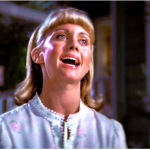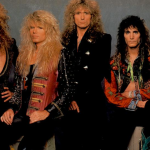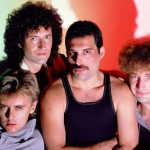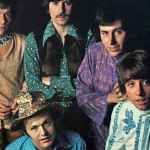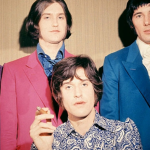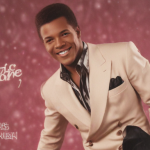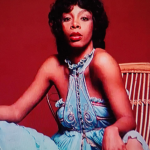“Be My Baby” – The Ronettes

“Be My Baby” by The Ronettes is one of the most iconic songs of the 1960s and a defining track of the “girl group” era. Released in 1963, this song has been immortalized as a masterpiece of pop music, largely due to its innovative production, soaring vocals, and timeless melody. Here’s an essay exploring the song’s themes, its place in music history, and its enduring legacy:
Essay: The Ronettes’ Song “Be My Baby”
“Be My Baby” by The Ronettes is a timeless classic that stands as one of the most significant and influential pop songs of the 1960s. Released in 1963, the song was a massive hit, reaching #2 on the Billboard Hot 100 and becoming an anthem for young love and romance. Written by Phil Spector, Jeff Barry, and Ellie Greenwich, “Be My Baby” is a quintessential example of Spector’s “Wall of Sound” production technique and remains a landmark recording in the history of pop music.

The song’s lyrics revolve around a simple yet powerful theme: the desire for love and commitment. Sung by lead vocalist Ronnie Spector, “Be My Baby” captures the essence of youthful yearning and devotion. The lyrics express the longing of a girl who wants her lover to promise that he will always be hers: “Be my, be my baby / Be my little baby / My one and only baby / Say you’ll be my darlin’ / Be my baby now.” These words, while straightforward, convey deep emotion and vulnerability, resonating with listeners who have experienced the same feelings of romantic hope and excitement.
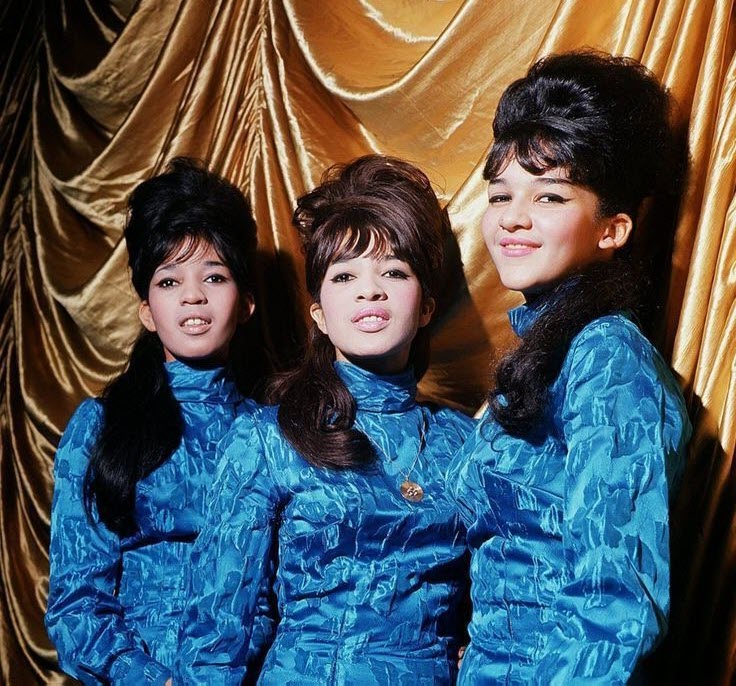
Vocally, Ronnie Spector delivers a performance that is both tender and commanding. Her voice is filled with sincerity and passion, making it easy to understand why the song has had such a profound impact on generations of listeners. The Ronettes’ harmonies—provided by Ronnie’s sister, Estelle Bennett, and cousin, Nedra Talley—are lush and add an extra layer of depth to the song. Their vocals complement the lead in a way that enhances the overall emotional intensity of the track, creating a sense of longing that perfectly matches the song’s theme.
The production of “Be My Baby” is perhaps its most defining feature. Phil Spector, the legendary producer behind the song, used his signature “Wall of Sound” technique to create a dense, layered sound that became one of the hallmarks of early 1960s pop music. The Wall of Sound involved the use of multiple instruments—including strings, brass, percussion, and background vocals—all recorded in a way that blended them together into a unified, echo-laden whole. In “Be My Baby,” this technique gives the song its grand, sweeping quality, making it sound larger-than-life.

One of the most famous elements of “Be My Baby” is its iconic drum intro, played by Hal Blaine. This simple yet powerful beat—”boom-ba-boom-chick”—has become one of the most recognizable openings in pop music history and has been emulated and sampled in countless songs over the years. The intro immediately grabs the listener’s attention and sets the stage for the emotionally charged lyrics and harmonies that follow. Blaine’s drumbeat is often cited as a perfect example of how a minimalistic approach to percussion can have a massive impact on the overall feel of a song.
“Be My Baby” is also notable for its cultural impact and its influence on subsequent generations of musicians. Brian Wilson of The Beach Boys famously referred to it as “the greatest pop record ever made” and was so inspired by the song that he reportedly listened to it repeatedly, even crying at its beauty. Wilson later credited “Be My Baby” as a major influence on The Beach Boys’ own work, particularly their song “Don’t Worry Baby.” Other artists, such as Billy Joel, Bruce Springsteen, and Amy Winehouse, have cited “Be My Baby” as an inspiration for their music.
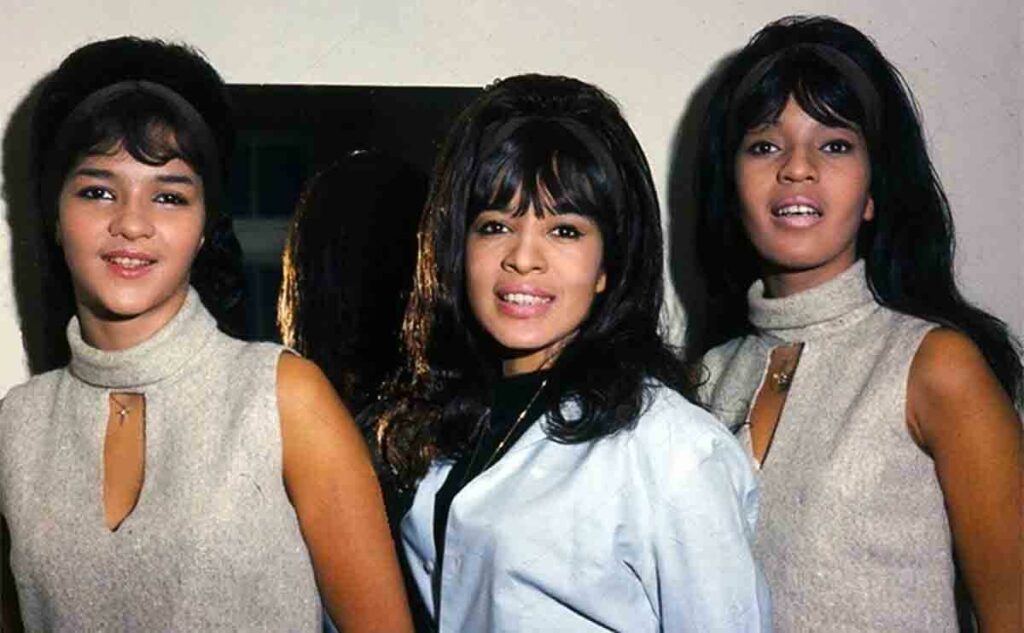
Beyond its influence on other musicians, “Be My Baby” has endured as a beloved classic because of its universal themes of love and desire. The song taps into emotions that are deeply familiar to anyone who has ever experienced the thrill of new love. Its timeless quality has made it a favorite at weddings, proms, and romantic moments, ensuring that it continues to resonate with listeners of all ages.
The Ronettes themselves became one of the most iconic girl groups of the 1960s, and “Be My Baby” remains their signature song. The group’s glamorous image—marked by big hair, winged eyeliner, and stylish outfits—combined with their powerful vocals, made them an enduring symbol of the era. Despite the challenges faced by female artists at the time, The Ronettes carved out a place for themselves in the music industry and left a lasting legacy, with “Be My Baby” at the heart of it.
In conclusion, “Be My Baby” by The Ronettes is a pop music masterpiece that has stood the test of time. With its heartfelt lyrics, stunning vocal performance, and groundbreaking production, the song captures the essence of youthful romance and has influenced countless musicians since its release. Phil Spector’s Wall of Sound production, combined with Ronnie Spector’s unforgettable vocals, created a song that remains a touchstone of 1960s music and an enduring favorite among listeners around the world. Decades after its release, “Be My Baby” continues to be a beloved classic, reminding us of the power of music to capture the emotions and experiences that define our lives.
